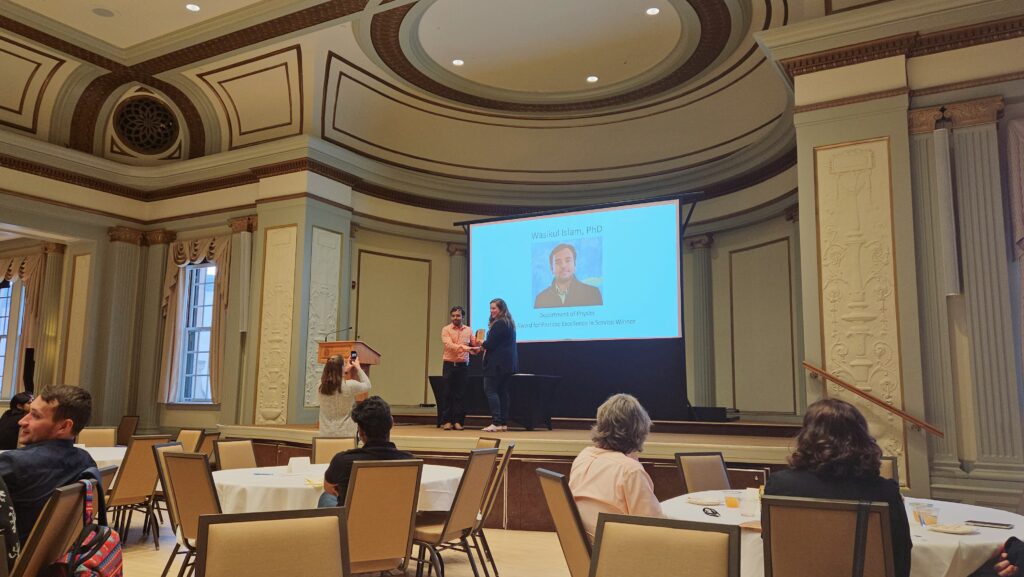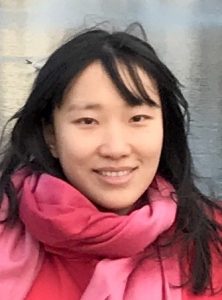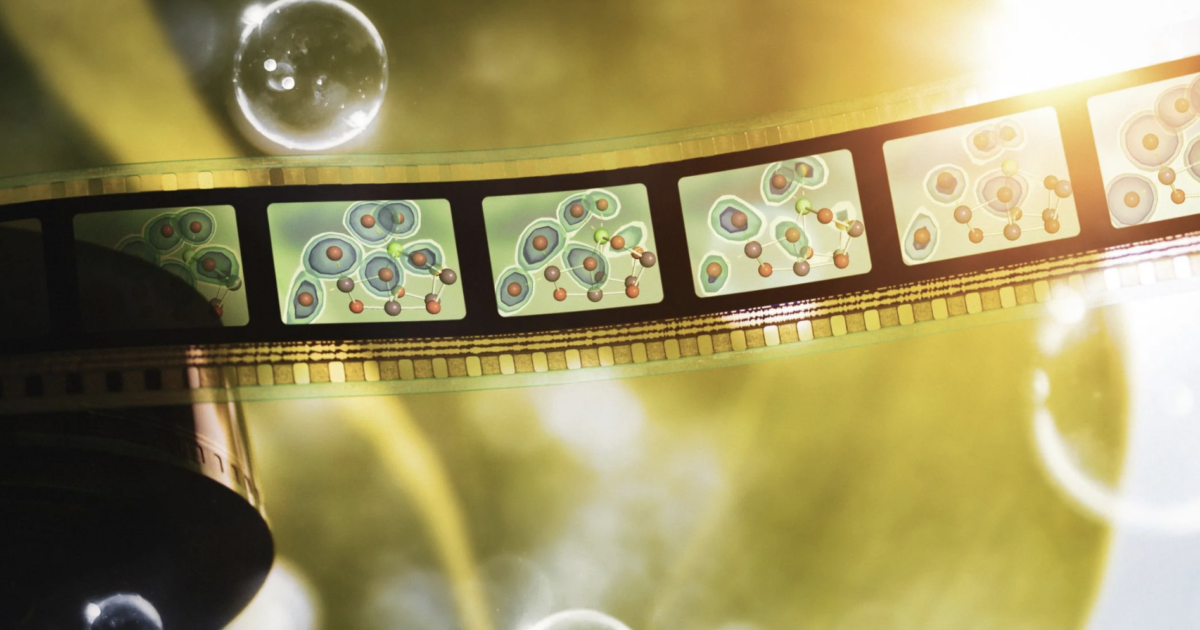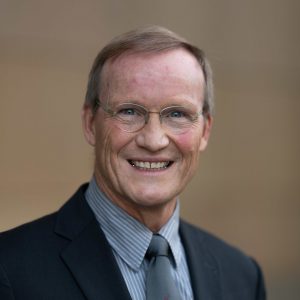Sixteen projects were chosen in the third round of UW–Madison’s Research Forward competition, including one from Physics.
The Wisconsin Center for Semiconductor Thermal Photonics will explore fundamental science at the intersection of semiconductor technology and radiative heat transfer. This cross-disciplinary center will explore thermal radiation in unconventional semiconductor materials, in nanostructures, and in extreme conditions, and achieve control of the directionality and timing of radiative heat transfer at unprecedented scales. New technologies will emerge from these fundamental studies, including low-cost spectrometers, imaging and ranging, and energy harvesting and active cooling.
The project is led by ECE associate professor and physics affiliate professor Mikhail Kats as Principal Investigator, with Physics associate professor Victor Brar as one of the co-PIs.
Research Forward, a competition sponsored by the Office of the Vice Chancellor for Research and Graduate Education (OVCRGE), is intended to stimulate and support highly innovative and groundbreaking research at UW–Madison.
The initiative is supported by the Wisconsin Alumni Research Foundation (WARF) and will provide funding for 1–2 years, depending on the needs and scope of the project.



